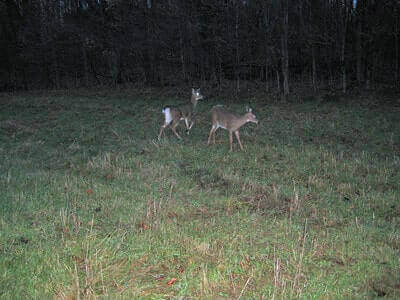Disclosure: We may earn commissions if you purchase products after clicking on a link from our site.
Are you interested in learning how to hunt? Do you want to explore the outdoors? Hunting is an exciting, fun, and rewarding experience. Hunting helps develop other areas of your personality like discipline, planning, strategizing, and being a team player. It allows you to get in touch with nature and enjoy its beauty and resources. In this article, we will discuss the steps to learn how to hunt for a beginner.
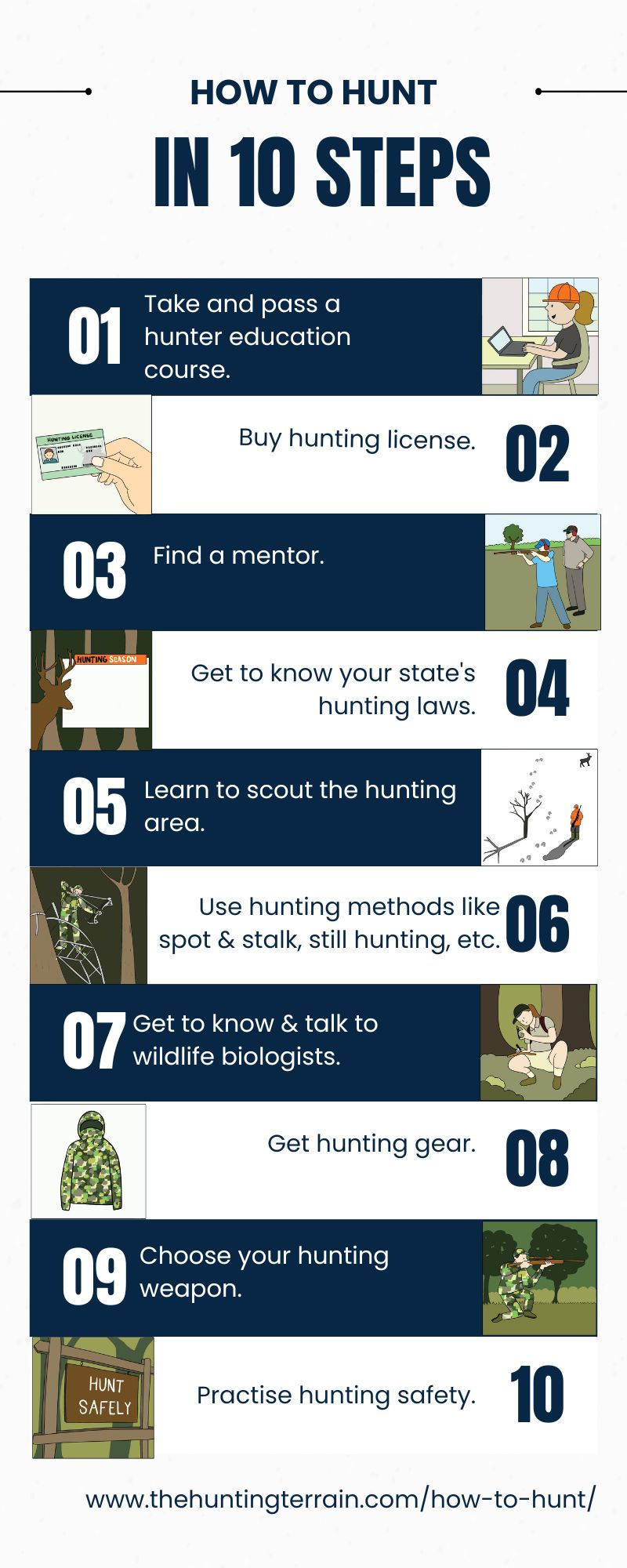
Table of Contents
- 1
- 2
- 3 How To Hunt
- 3.0.1 1. Hunter Education
- 3.0.2 2. Find A Mentor
- 3.0.3 3. Buy Hunting License
- 3.0.4 4. State Hunting Rules
- 3.0.5 5. Scouting
- 3.0.6 6. Hunting Methods
- 3.0.7 7. Hunting With Dogs
- 3.0.8 8. Hunting At Night
- 3.0.9 9. Hunting on Private Land
- 3.0.10 10. Hunting on Public Land
- 3.0.11 11. Hunting In The Snow
- 3.0.12 12. Wildlife Biologist
- 3.0.13 13. Hunting Gear
- 3.0.14 14. Hunting Safety
- 3.0.15 15. Hunting Weapons
- 3.0.16 16. Get In Shape
- 3.0.17 17. Never Gave Up
- 4 The Bottom Line

How To Hunt
1. Hunter Education
To hunt in any state in the USA, you will need a license to hunt wild game animals like deer, elk, turkeys, rabbits, squirrels, etc. And to get a license, you will need to take and pass a hunter education course. The course can be online or in person.
One of the advantages of the in-person courses is that you have the opportunity to interact with experienced hunters, ask questions and get them answered. From the hunter education course, you will learn the rules and regulations of your state, the safe handling of firearms, ethical shot placement, and more.
Each state has its own requirements regarding hunter education. Some states only require hunter education if you were born after a certain date while other states require it for all license buyers. If you are a beginner, it is a good idea to take the hunter education as you will learn many things to help you become a good hunter and appreciate and preserve the natural resources. If you prefer bowhunting and want to know if your state requires bowhunter education, you can check it here.
2. Find A Mentor
Despite taking the hunter education course, it is always a good idea to find a mentor. The hunter education course will only go so far as to introduce you to hunting and give you the information. However, you will need practical guidance for hunting, something that the hunter education course can’t give you.
You will need to practice, shooting, learning to track animals, reading tracks, signs, and other things to learn that can only be achieved through doing it and getting feedback and guidance. Finding someone who is willing to put you under their wings and help you learn and develop as a hunter is priceless. A family member, your parent, a coworker, a neighbor, or a friend who hunts can be a mentor if they are willing to help you.

3. Buy Hunting License
After taking the hunter education course, you can buy a hunting license through your state game agency online or get it from brick-and-mortar stores like Walmart, Cabela, and sporting shops. There are generally two types of licenses: over-the-counter tags and draw tags. Draw tags are used for animals where the demand to hunt them is higher than an available resource. Only a certain number of tags are issued for a species each year. This helps to regulate and preserve the species.
Additionally, if you want to hunt migratory birds like ducks and geese, will need to purchase an annual duck stamp online or at the post office. Moreover, there is the small issue of resident and non-resident licenses. Resident tags are for residents of the state and are cheaper than non-resident tags. This seems like a way to encourage hunters to hunt in their states as they get more for their money.
4. State Hunting Rules
Every state in the USA has hunting rules and regulations. Some states allow hunting at night for some animals while other states make it illegal to hunt the same animal at night. Some hunting methods for hunting certain animals are illegal in some states while it is legal in other states. You will have to get the rules and regulations for your state or the state you intend to hunt in and learn them. You can learn the hunting rules and regulations for the state you want to hunt in from this website.
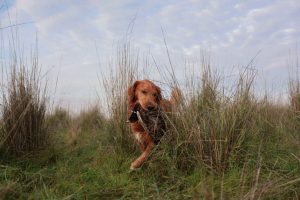
5. Scouting
One of the most important aspects of hunting that many take lightly is scouting. Properly scouting an area for signs of the animal you want to hunt can be the difference between taking home more during the hunting season and not taking home the number you wanted.
Pre-season scouting is crucial. Scouting is a science all by itself. To learn how to properly scout for an animal, a mentor will be very helpful. You will need to learn what to look for, where you found the signs, how often you found them and so much more. You have to learn how to read tracks and figure out if they are tracks of the male animal, the female, or the young.
You will also have to learn from the tracks the direction in which the animal is headed and where it came from, if it left in a hurry or if it was walking leisurely. With scouting, you have to learn the different types of droppings and scat. What do the droppings of deer look like, rabbits, squirrels, turkeys, elk etc. Learning this will help you know which animals are in an area.
Scouting helps you to discipline yourself to be attentive to details. You want to pick up anything like balls of hair, shed antlers, scrapes, rubs, wallows, howls, vocalizations, etc. A mentor can reduce your learning curve with scouting.
Google Earth and hunting apps like HuntWise and onX can help you with your initial scouting to get a good aerial view of the area you want to hunt. This helps you to study the landscape and look for areas that may place the animal you want to hunt, hang out.
6. Hunting Methods
Spot & Stalk
Spot and stalk hunting method is used by many hunters to hunt big game animals like deer, bison, antelopes, elks, etc. It involves glassing from a high elevation until you spot an animal that you want. Then you slowly and carefully stalk the animal, using topography and vegetation as cover, and taking into consideration the direction of the wind.
Always hunt with the wind in your face to avoid the animals picking up your scent. When stalking, you also want to avoid noise and body movements as much as possible until you are in a position to take a good shot at the animal.
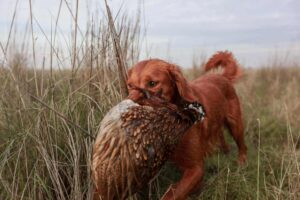
Still-Hunting
After scouting or glassing for the animal you want to hunt and collecting information on it, you find a good spot to set up and wait for the animal to come by or come within your shooting range. You can use a treestand or ground blind to sit and wait for the animal.
You can also use bait, decoys, dekes, or food plots to lure the animal into your shooting range. Still-hunting is not as physically taxing as spot and stalk, especially in rugged terrain. If you are interested in treestands and blinds, we reviewed the best climbing treestands and the best hunting ground blinds on the market today.
Still-hunting is a three-step process. Step one is to stand motionless behind an object so it can break up your outline while you search the area for deer. Step two is to remain still, don’t move your body, and with your eyes, search for a way to move forward that will allow you to place your feet on the quietest ground cover such as a rock, wet leaves, moss, or soft snow.
Step three involves scanning the woods for deer one more time, then slowly and silently moving along the route you have picked out. These three steps must be repeated until you locate the buck you want. Don’t be in a rush. Carefully and slowly move for the best results.
Ambush Hunting
Ambush hunting is another method of hunting. With this method, after collecting information using trail cameras or other methods, and learning the movements and patterns of the animals you want to hunt, you set up your treestand or blind in an area between the animal’s travel routes to ambush it when it moves from one location to another.
You can learn how to hunt from a treestand from this article. If you prefer to hunt deer in ground blinds, then this article on how to deer hunt in ground blinds is a good read. Many hunters, when using the ambush hunting method, like to set up between the bedding area and the feeding area or water holes. They prefer to set up closer to the bedding area to not miss the animal’s initial movement from the bedding area.
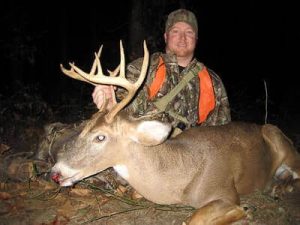
Calling
Hunters use predator calls to lure animals from their bedding areas into open areas and the shooting range. The calls you use depend on the animal that you are hunting. There are distressed calls, bleat calls, grunt calls, mating calls, and many other calls that will bring a response from animals. Elk, waterfowls, and turkeys are some of the animals hunters often
call.
You can find electronic and mouth calls that can be purchased. Some hunters practice making the calls and have perfected making certain calls to almost always lure animals out into the open. We reviewed some of the best predator calls on the market today that you can read.
Baiting
Bait is also used to lure animals out of their cover and into shooting range. Food, animal tails, and moving bait are some of the bait used by hunters to lure animals out of their cover.
Decoys
Decoys are also used by hunters to lure animals and birds to come down and into shooting ranges. You can find decoys for deer up to waterfowls, turkeys, and birds. Some hunters make their own decoys while they can be purchased from local hunting shops or big brand stores.
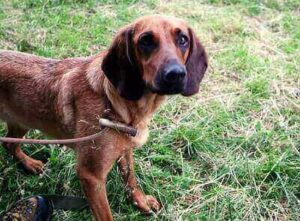
7. Hunting With Dogs
Many hunters use dogs to help with tracking the animals. There are dogs that have been trained to track the scent of animals. When these dogs pick up the scent of the animals, they remain on the trail until they locate the animal and sometimes corner it or tree it.
The tracking dogs allow the hunters to follow along as the dogs move faster and keep up the chase of the animal. When the animal tries to escape, the opportunity is presented to the hunters to take it down. If you want to train your tracking dog, then this article on how to train a dog to track deer is a good read.
If you would like to know the best dog breeds for hunting, we wrote an article on the best hunting dog breeds. If you will hunt with dogs, you can train them or get them trained by a professional. We did an article on how to train your hunting dog that you can read.
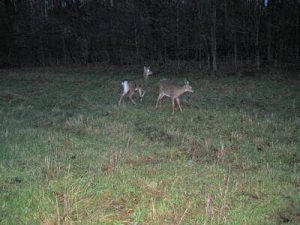
8. Hunting At Night
In some states, you can hunt certain animals at night. Many animals are most active early in the morning and late in the evening. Also, many animals come out to eat, socialize and move around in the night as there is not much hunting pressure and predators during the night.
Moreover, many animals have very good eyesight and see even better at night. All of these reasons explain why animals come out at night. Always scout the area you want to hunt in at night. This will help you get familiar with the landscape.
Hunting during the night is slightly different than hunting during the day as the issue of visibility is one of the obvious challenges. To resolve this challenge, hunters usually have night vision scopes to help them clearly see their targets.
Additionally, many hunters also use red spotlights to look for animals. We did reviews of the best night vision binoculars and the best night vision monoculars that you can read from these links.
9. Hunting on Private Land
Hunting on private land is slightly different than hunting on public land. You will need to learn the difference and modify your hunting strategies when hunting on private land. You will need to get permission from the land owner to hunt on their land and maybe provide documentation that any damage or injury to yourself or anyone on the property due to your hunting will be your responsibility.
You can find plots of private land close to where you live using hunting apps like HuntWise, HuntStand, or onX. With HuntWise, you can also get their contact information. Additionally, you can also lease private land to hunt on. There are websites that provide the lands available for leasing.
You may have to use different hunting strategies when hunting on private property than on public land. There may be less hunting pressure on private land at different times of the season and this may allow you to change your strategies.
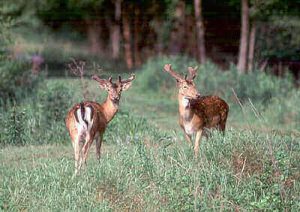
10. Hunting on Public Land
Hunting on public land is also different than hunting on private land. There is significantly more hunting pressure on public land. Many hunters hunt in well-known spots and come on the same days to hunt like the weekends. You will have to change your hunting strategies when hunting on public land to achieve your desired results.
Look for small plots, hard-to-reach areas, thick cover, access points, and funnels that may be routed to private property nearby. Animals will move to private lands when the hunting pressure is high on public land.
Additionally, you want to learn the rules and regulations for hunting on public lands. It may be the types of weapons, bag limits, times to hunt, permits, etc. Most of the time, you can find the rules on the website or on the app of the public land. You can find public lands in your state to hunt from the website of the state wild game agency.
It is always a good idea to use Google Earth or hunting apps like HuntWise, onX, or HuntStand to study the landscape and look for areas where the animal you want to hunt may live. Look for access points, possible bedding areas, food and water sources, thick cover, funnels, and transition lines.
11. Hunting In The Snow
There will be many times when you will hunt in the snow. Hunting in the snow has its challenges but also some advantages. When it snows, it is always a good idea to go hunting early the next morning. There may be tracks of animals that you can follow to find where they came from and where they went. You may learn where are some of their bedding areas by following the tracks.
One trick some hunter implement is to drive the back roads the next morning after snowfalls. You may discover tracks you can follow with or without your hunting dogs. However, when it snows, many animals will hunker down and remain in their bedding areas to keep themselves warm.
12. Wildlife Biologist
One of the important resources for hunting many hunters overlook is the wildlife biologist for the area you want to hunt. Always find wildlife biologists for the area and contact them. You may be able to find them on the state department of natural resources website. Find time to talk with wildlife biologists and gather information like the movements, and behaviors of the animal you want to hunt.
Find out from the wildlife biologists their estimated population, where are the areas they live, the age range of the animal, if they migrate to other areas at other times of the year, etc. The wildlife biologist is a valuable resource that many hunters don’t take advantage of. The information that will take you years to gather piecemeal, can be gotten from wildlife biologists through a number of phone calls. Find wildlife biologists in the areas, get to know them, and talk with them often.
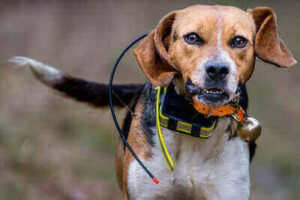
13. Hunting Gear
You will need to get hunting clothing, hunting boots, and a few other must-have items. However, most of the gear available is not needed when you start hunting. You might get some of the gear you need from your mentor who may be your parent, sibling, or friend. You don’t need to spend a lot of money when you are beginning your hunting career.
However, as you get more experience, you may want to acquire certain equipment depending on the animals you hunt and the type of hunting you do. For example, you may want to get high-quality binoculars, a tripod, a hunting backpack, a calling device, good hunting knives for field dressing, trail cameras, decoys, hunting blinds, treestands, etc.
14. Hunting Safety
Hunting safety is very important. When you are outdoors hunting, you always want to take all the precautions to ensure everyone around you and yourself is safe. You must handle your firearm properly, be aware of any other hunters in your vicinity, wear the appropriate clothing for safety, etc. The hunter education course will cover the topic of safety and gun and shooting safety.

15. Hunting Weapons
There are a variety of weapons that can be used for hunting. There are rifles, shotguns, bows and arrows, crossbows, recurve bows, etc. As you get more hunting experience, you will prefer one weapon over another and slowly gravitate to your weapon of choice when hunting a particular animal. Some hunters use crossbows while others prefer rifles.
16. Get In Shape
Hunting involves covering a lot of ground which is usually rugged and rough. To be successful when hunting, you not only have hunting skills and great equipment but also have to be physically and mentally fit. Hunting is very challenging because of the animal’s defensive mechanisms to protect itself and the conditions you will put yourself through to accomplish your goals.
Spend some time during the off-season to get in good physical condition. If you have new hunting boots and clothing, wear them to break the boots and get familiar with wearing the clothing for many hours.
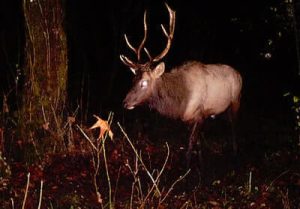
17. Never Gave Up
I must add this last point. Hunting is not a walk in the park. It is very challenging as the target is given a defensive system, intelligence, and abilities to help it survive predators. You will not go, set up and then in an hour, take down a buck. While that can happen, it is not the norm. Hunting will put your discipline, patience, confidence, etc. to the sternest of tests.
There will be many times when you will sit for many many hours and not get anything to take home. Don’t give up. Sit it through. Many times by sitting for just another hour, when most of the other hunters have called it a day, a trophy buck will come into your shooting range and present the perfect view for a shot. For some inexplicable reason, this happens more times than you will hear about.
The Bottom Line
Learning how to hunt as a beginner hunter is a long-term process. You need hunter education to learn the basics of hunting, safety measures, hunting ethics, rules, and regulations as well as having a mentor to take you under their wings and give you the guidance to develop as a skillful hunter. In this article, we discussed the major steps to help you learn how to hunt.
You can also read how to plan a hunting trip out of state, how to hunt deer at night, how to hunt deer on public land, and how to field dress a deer.
